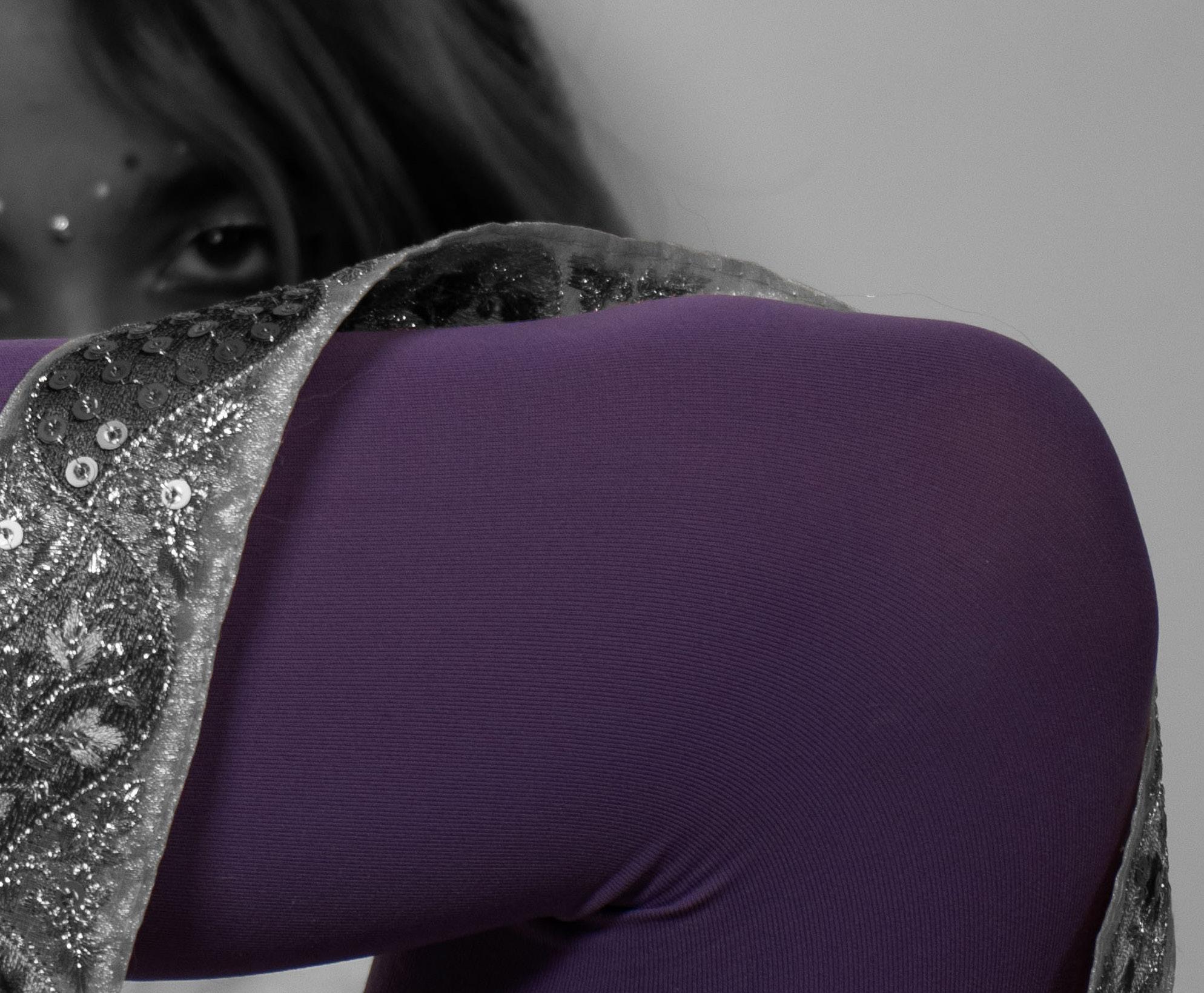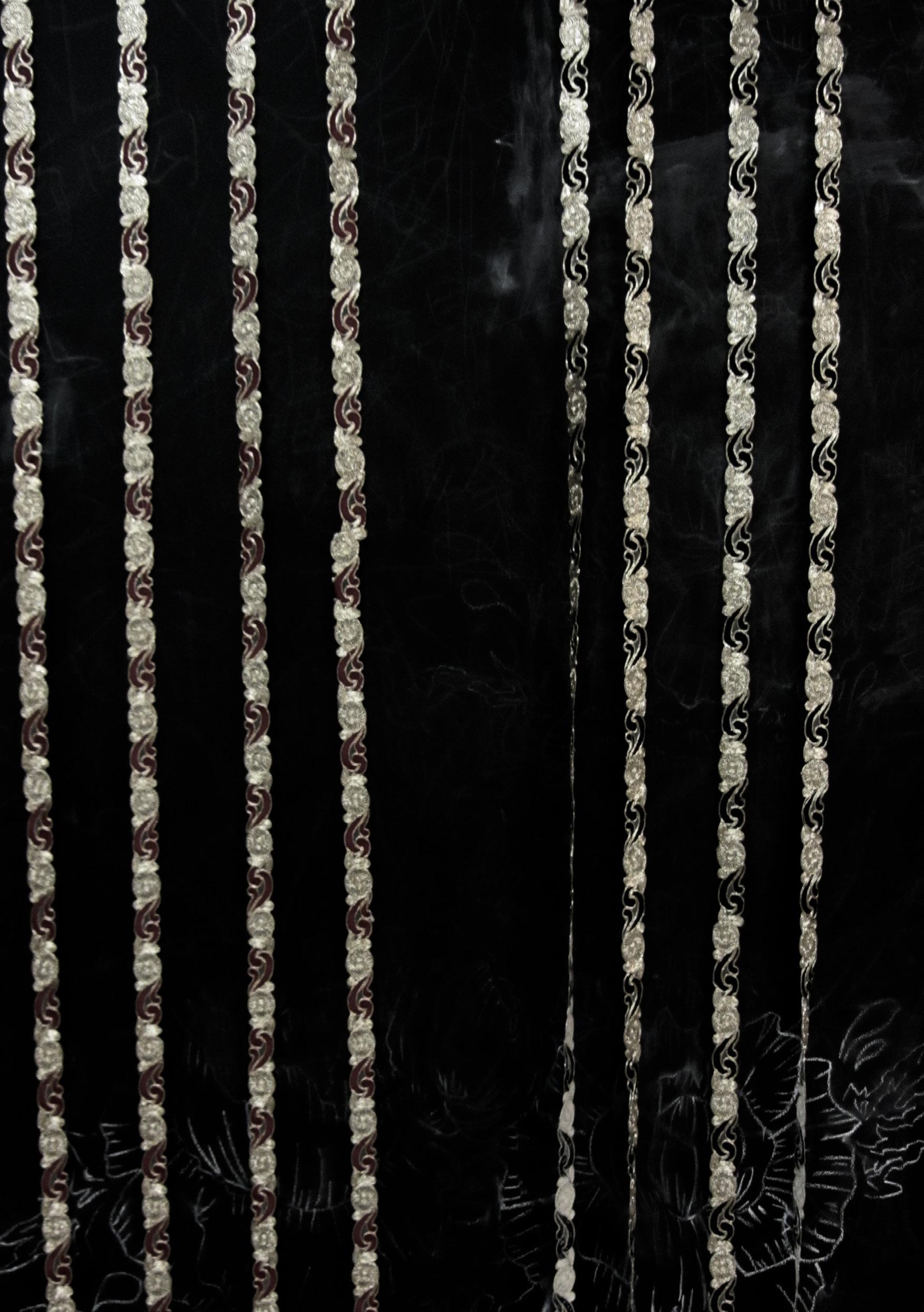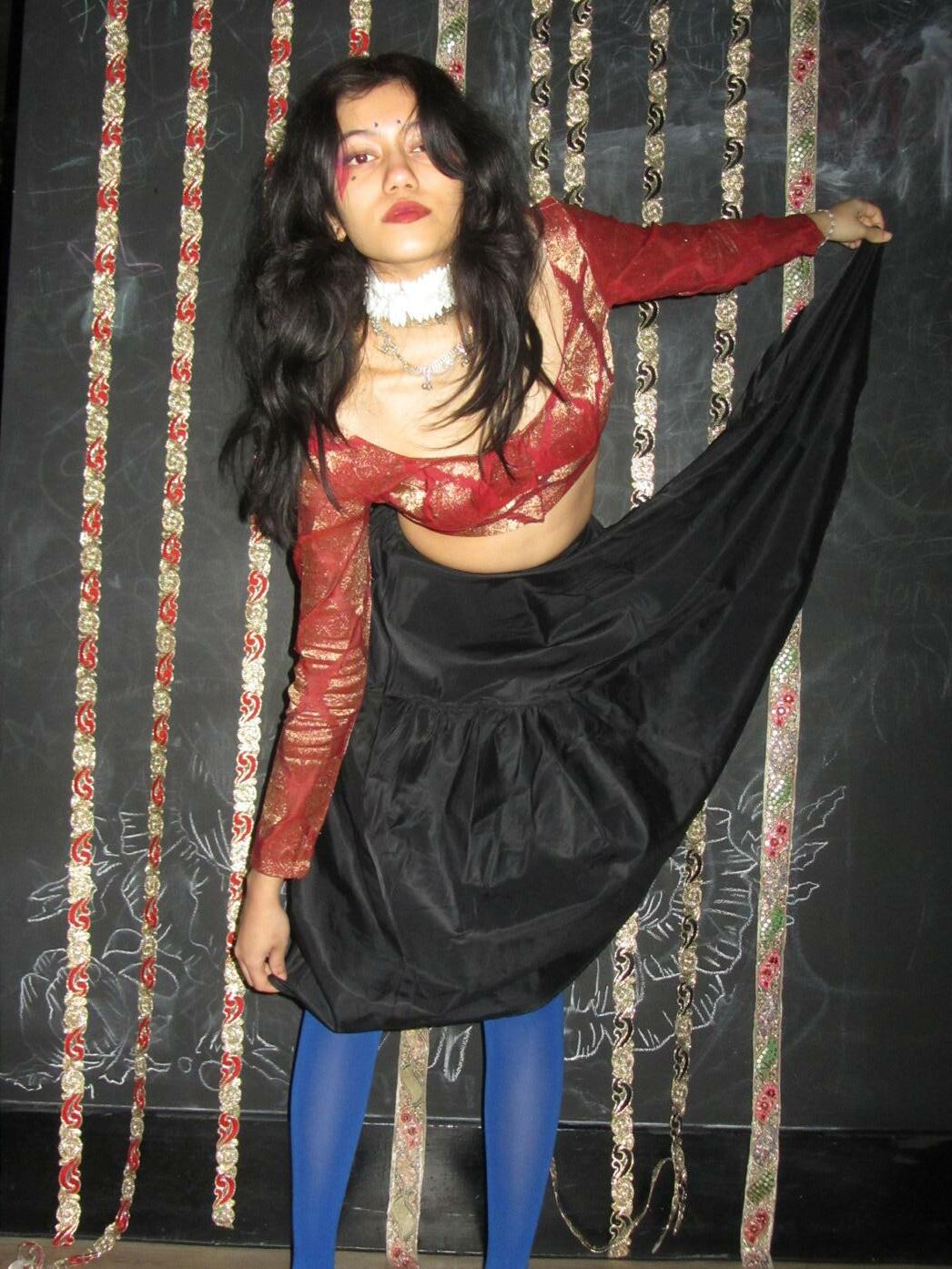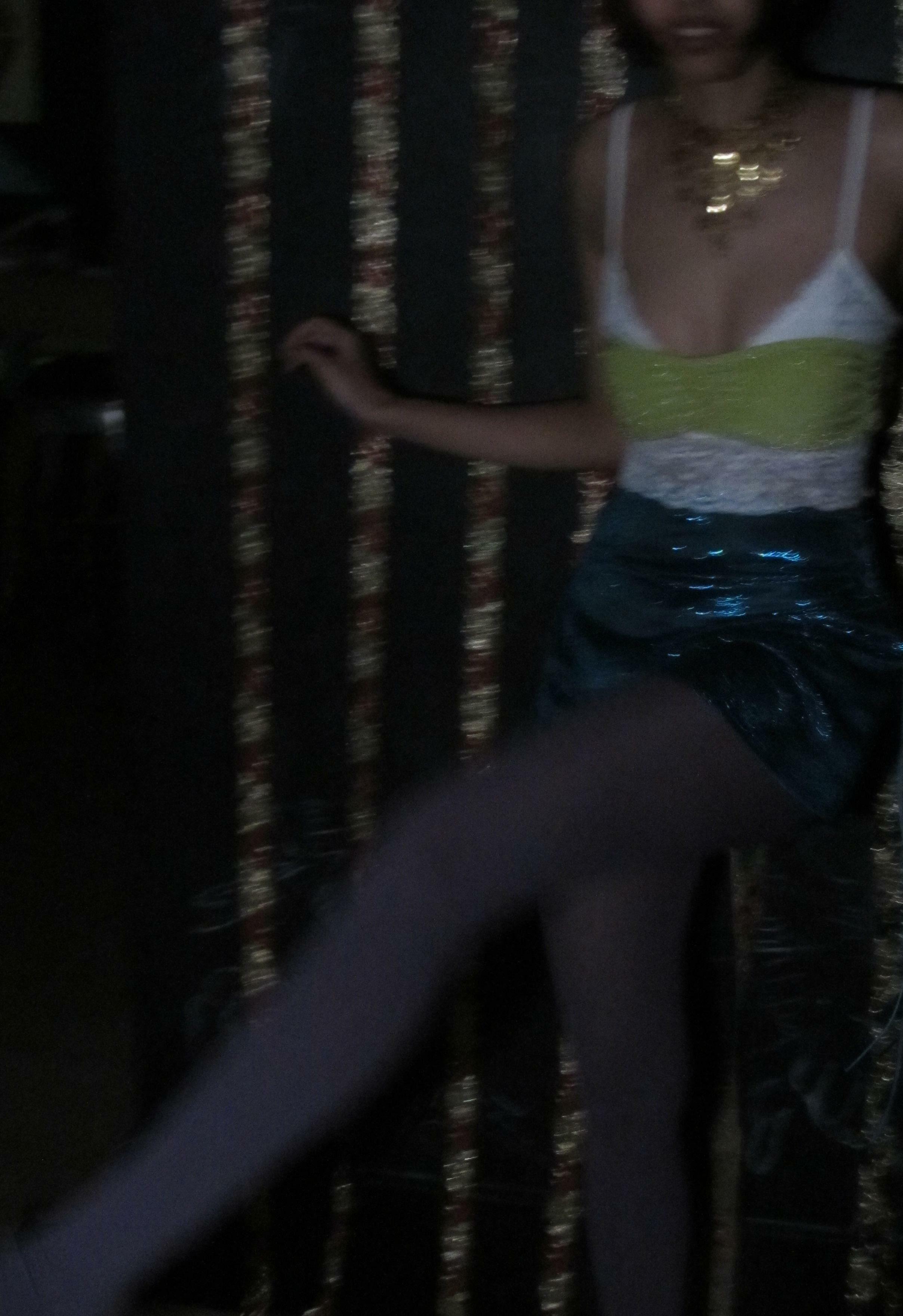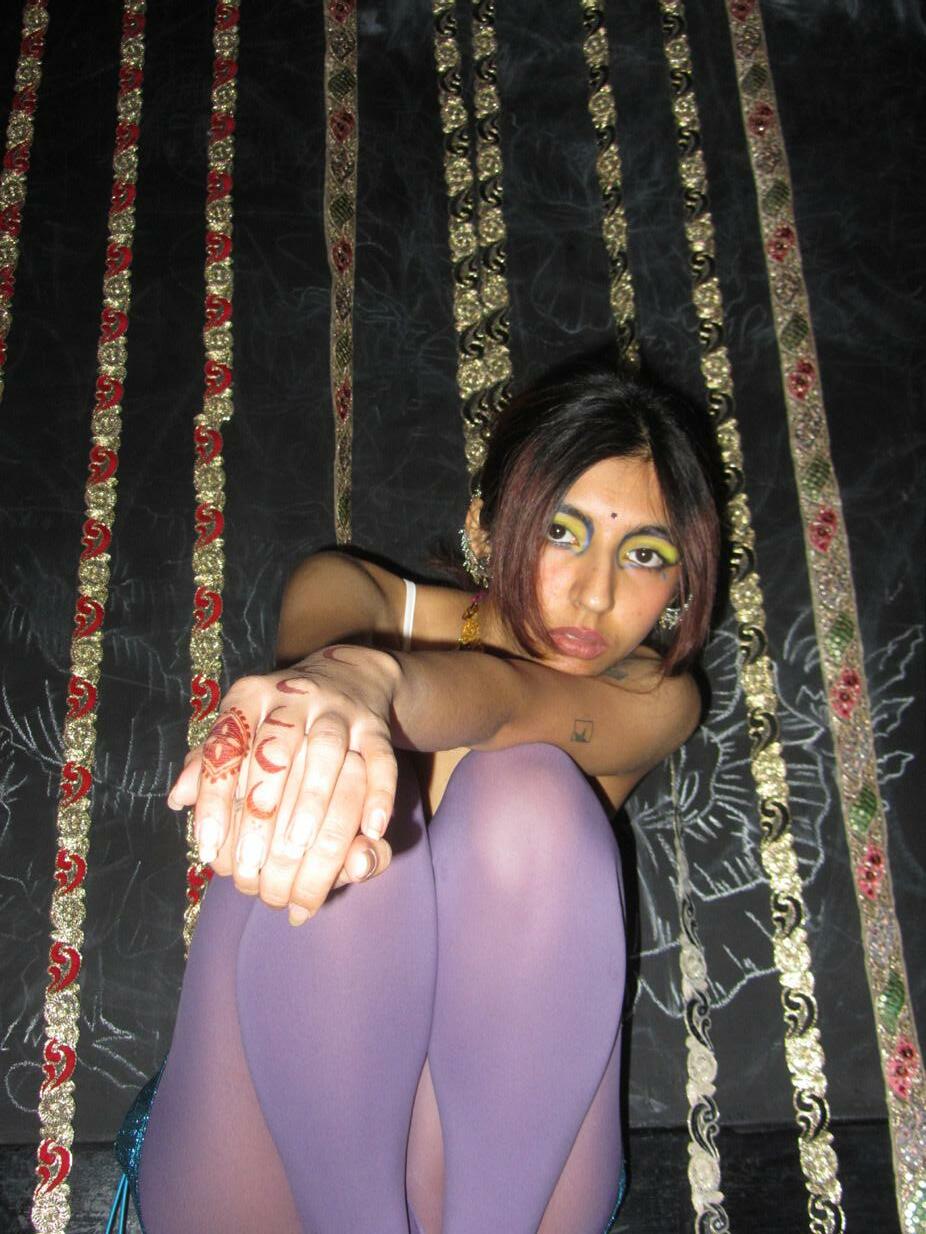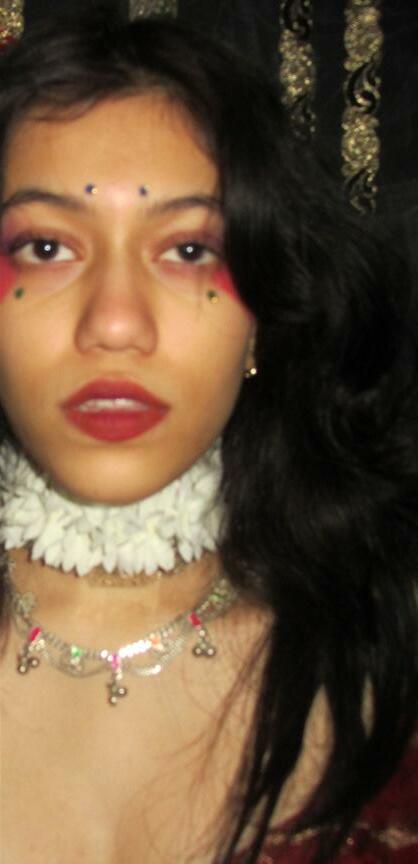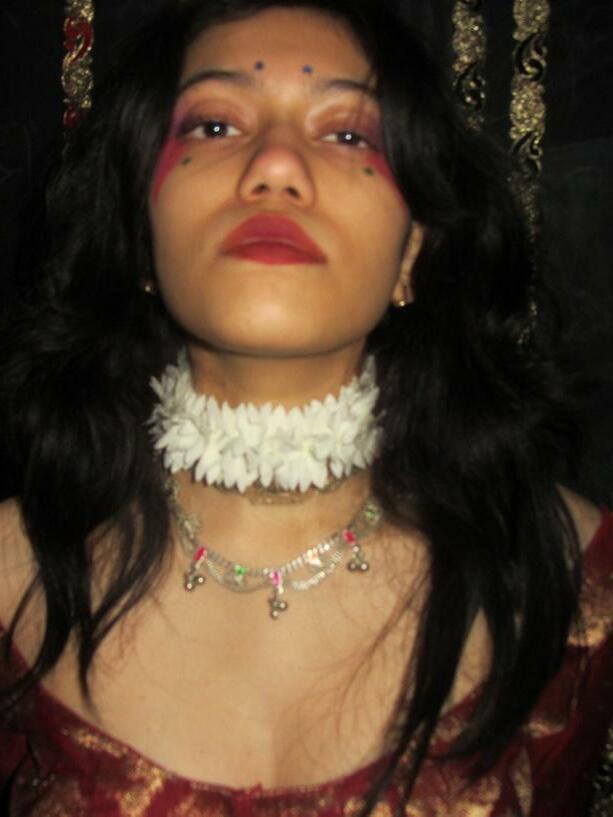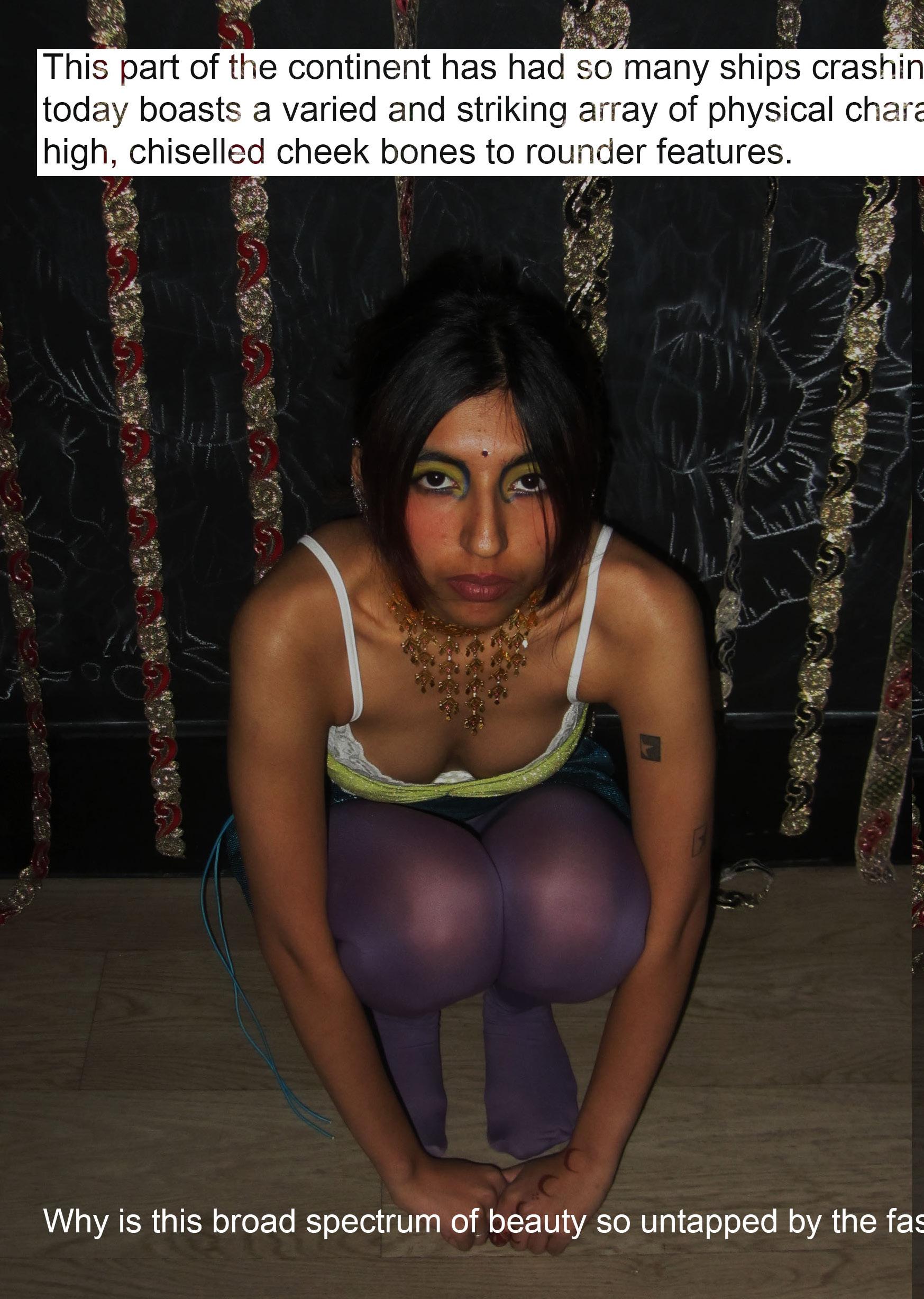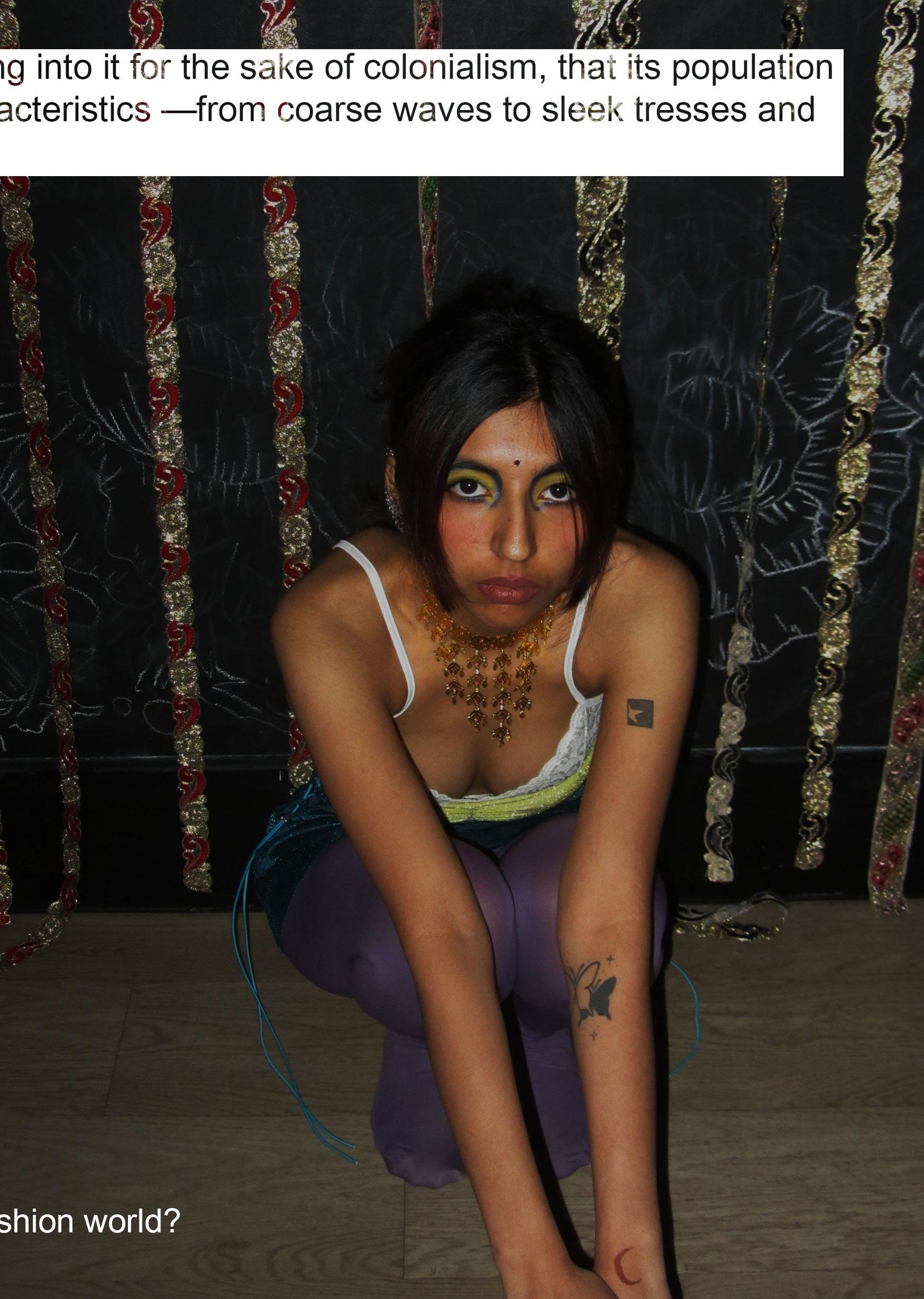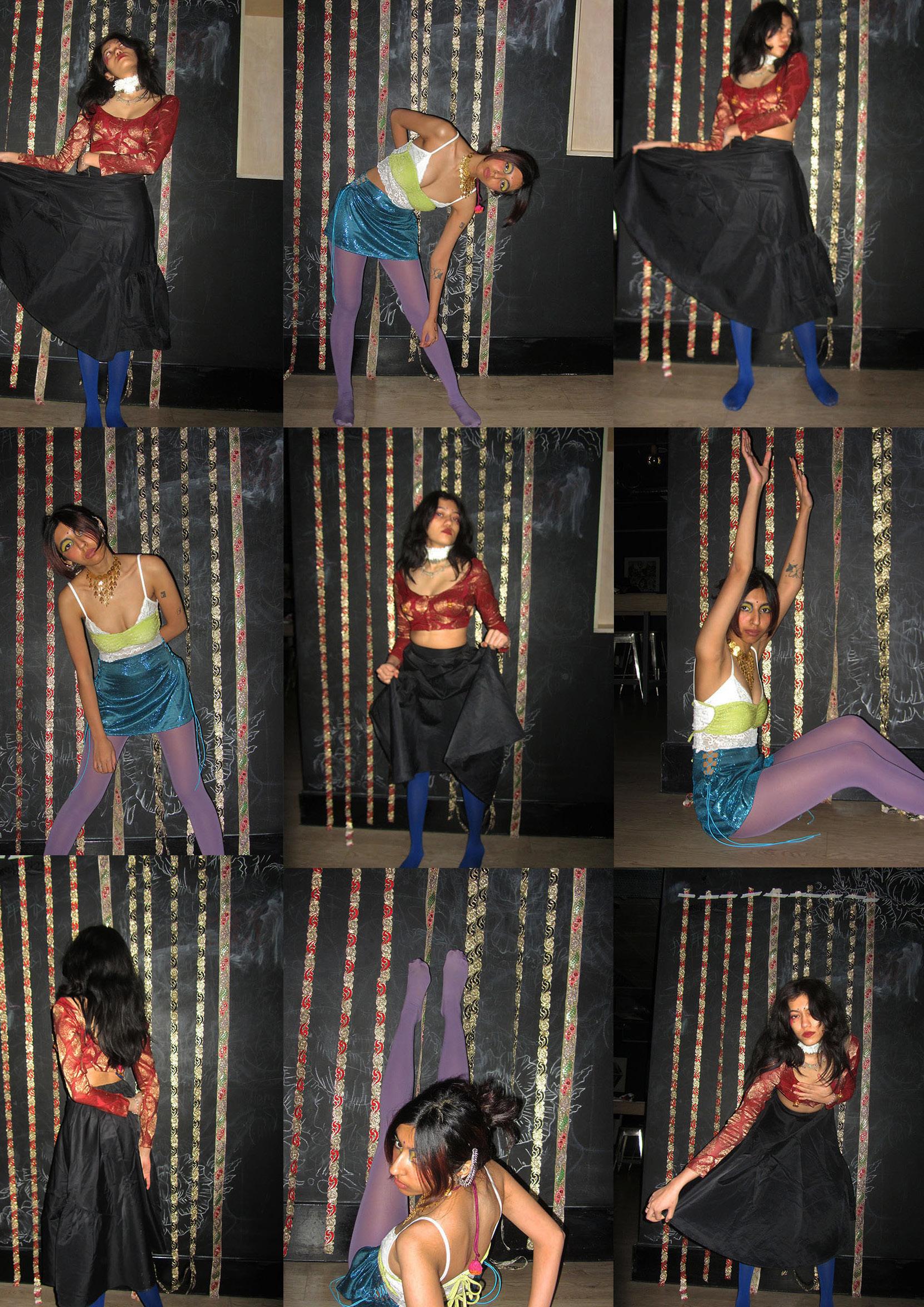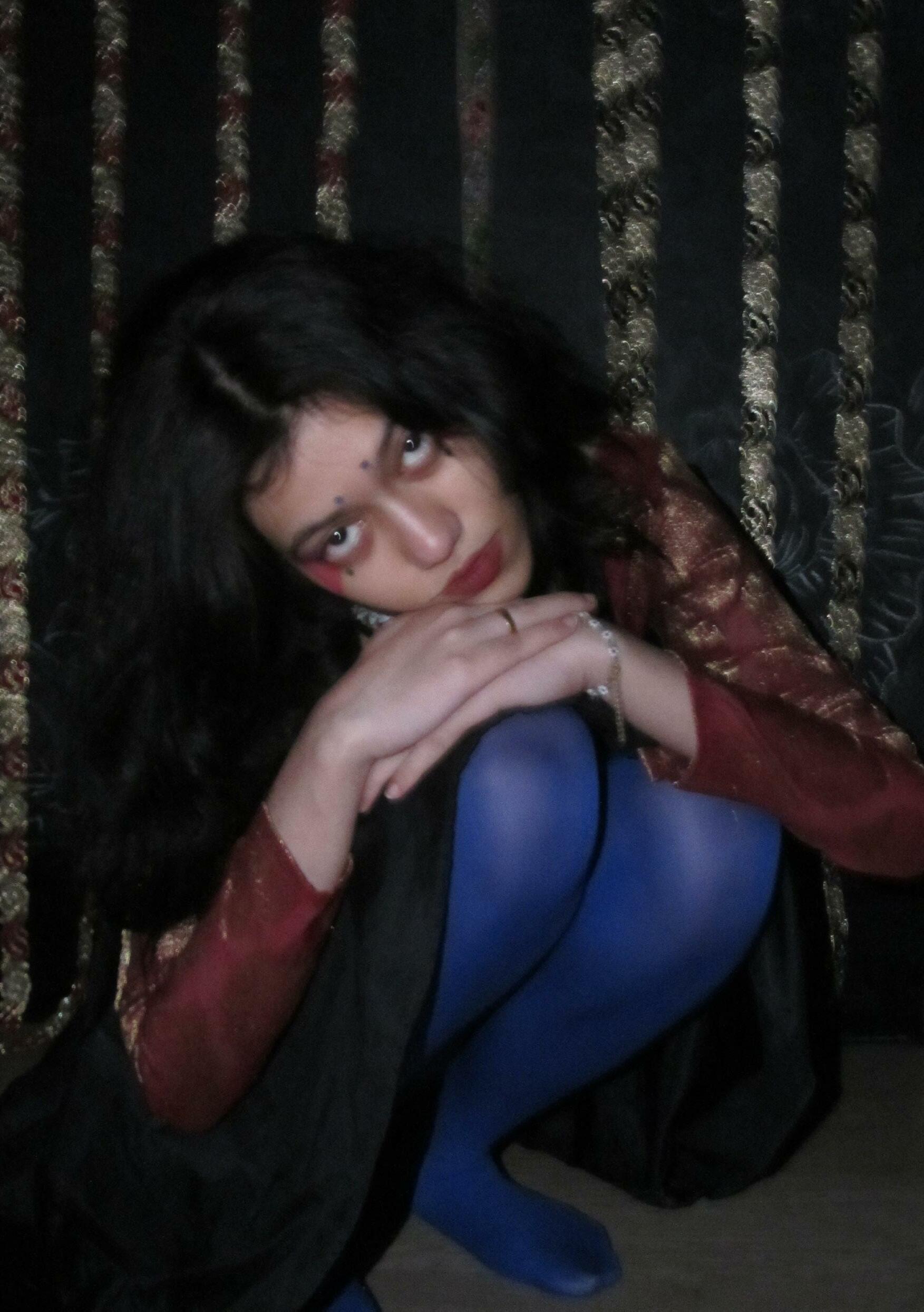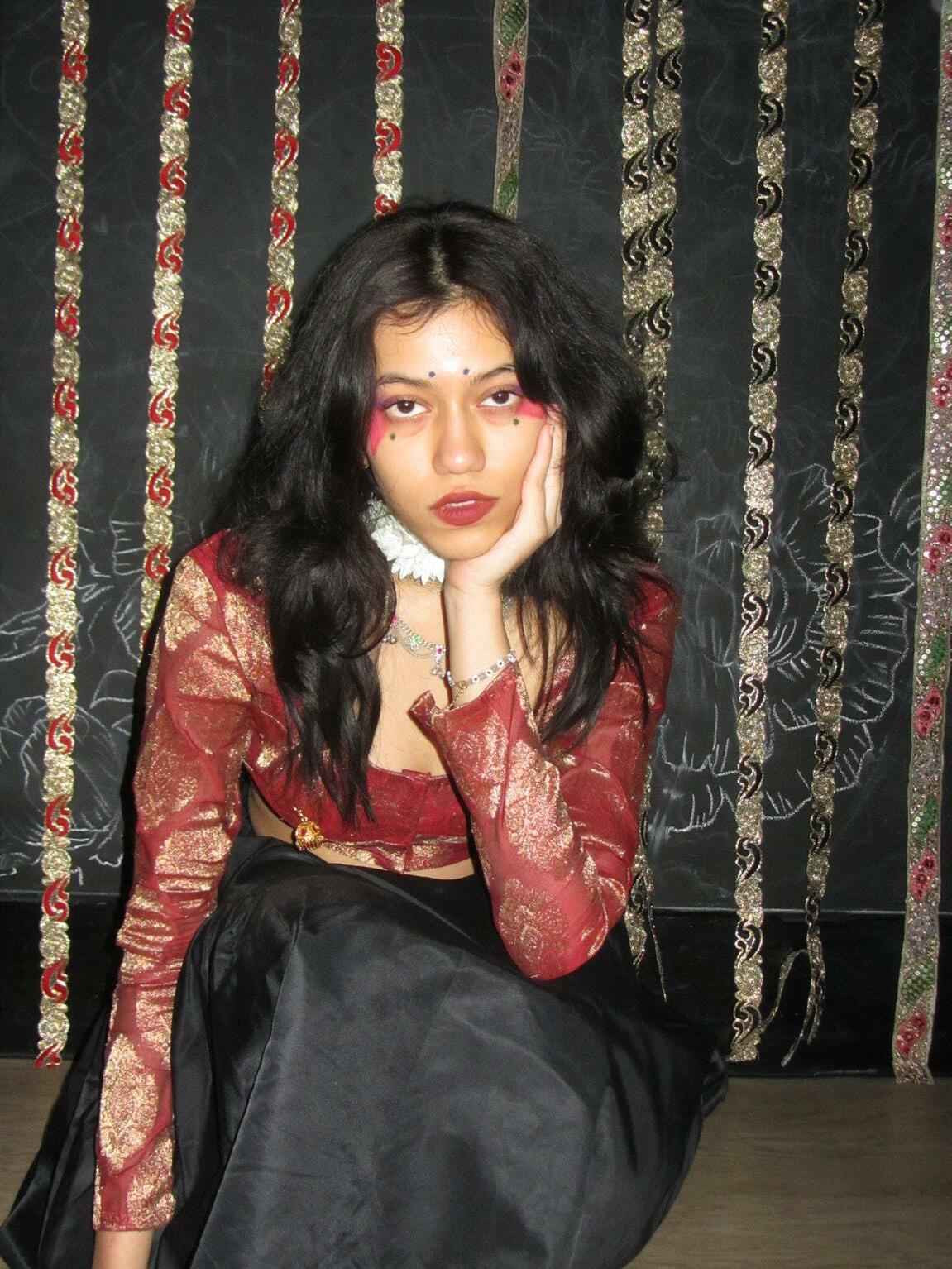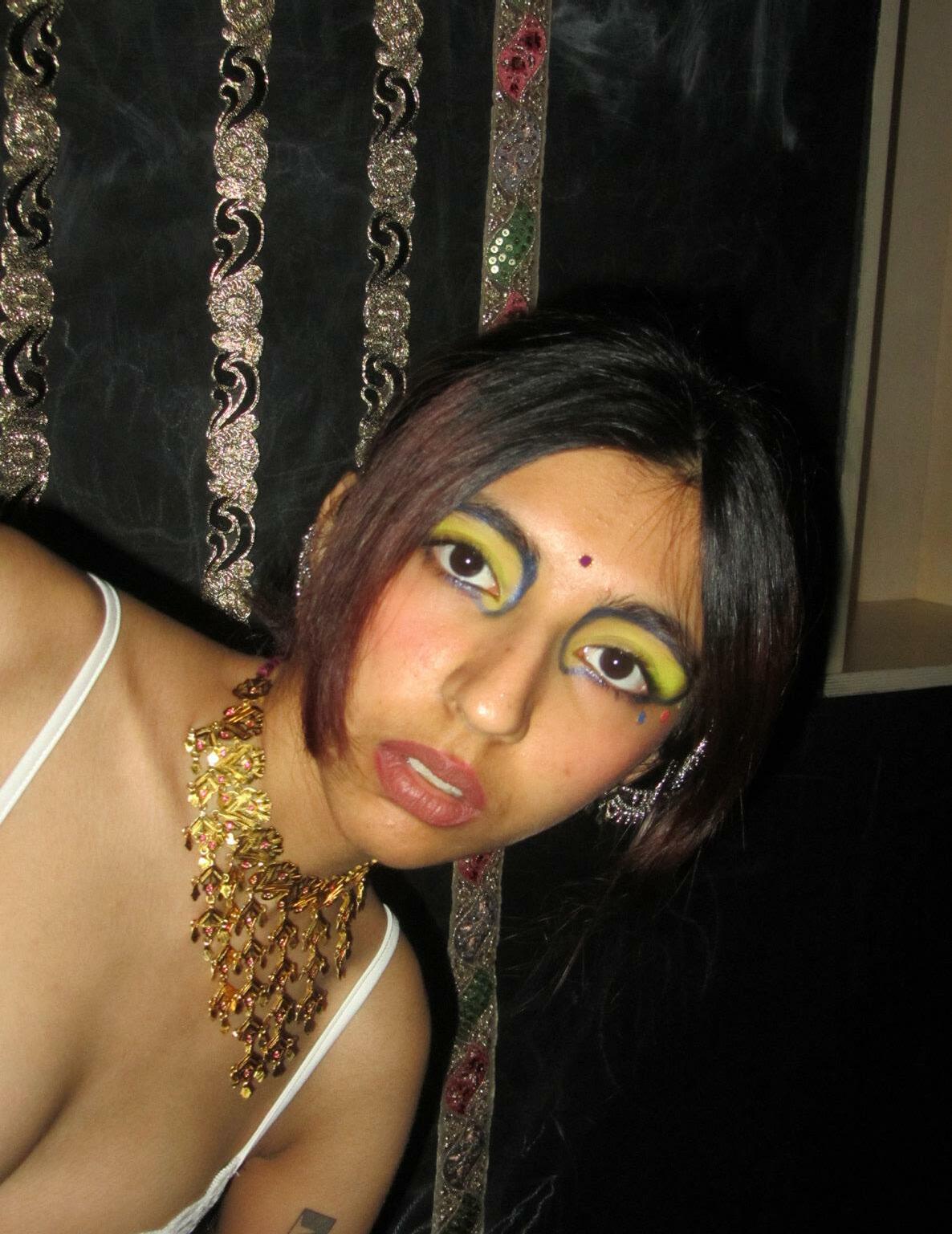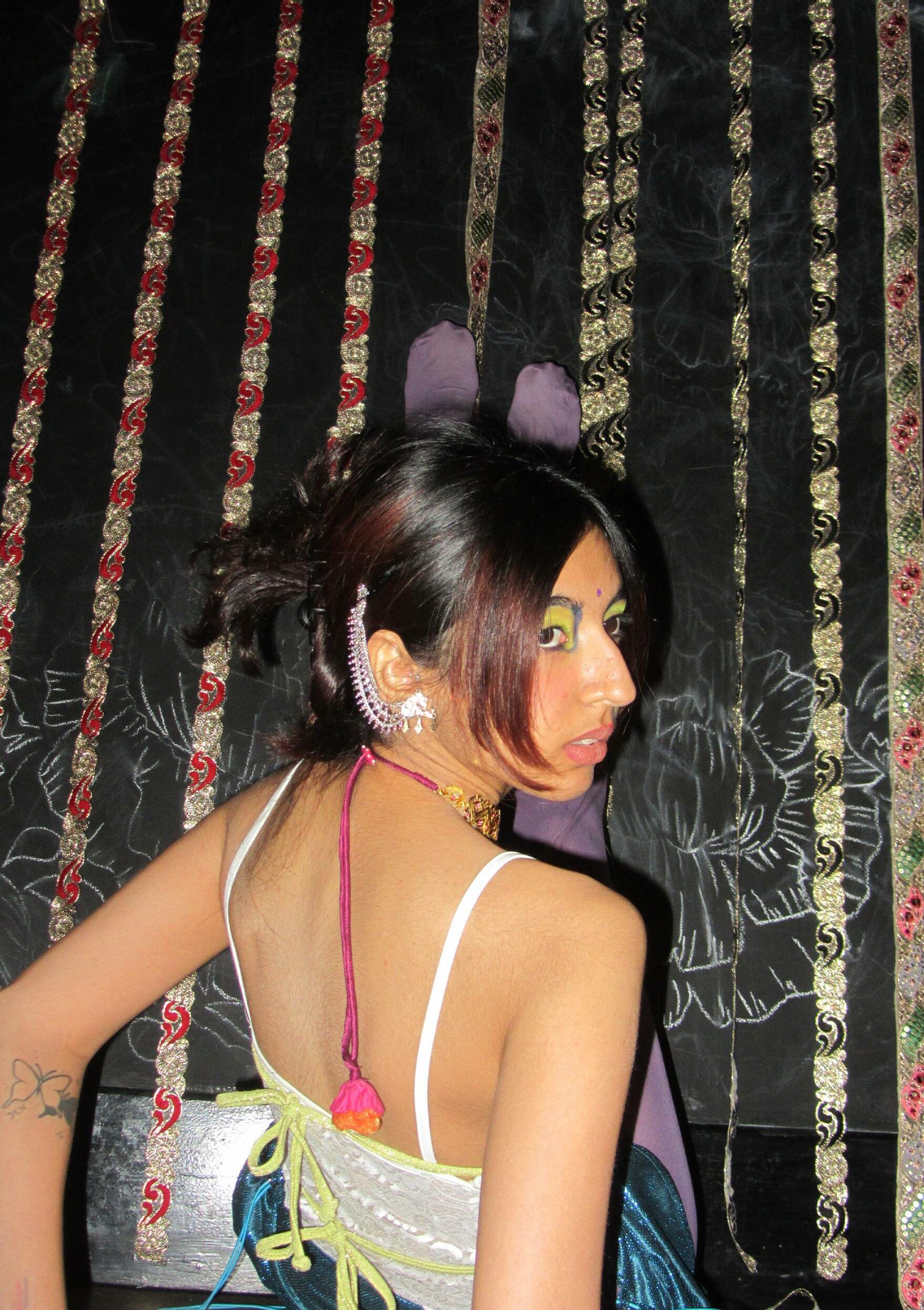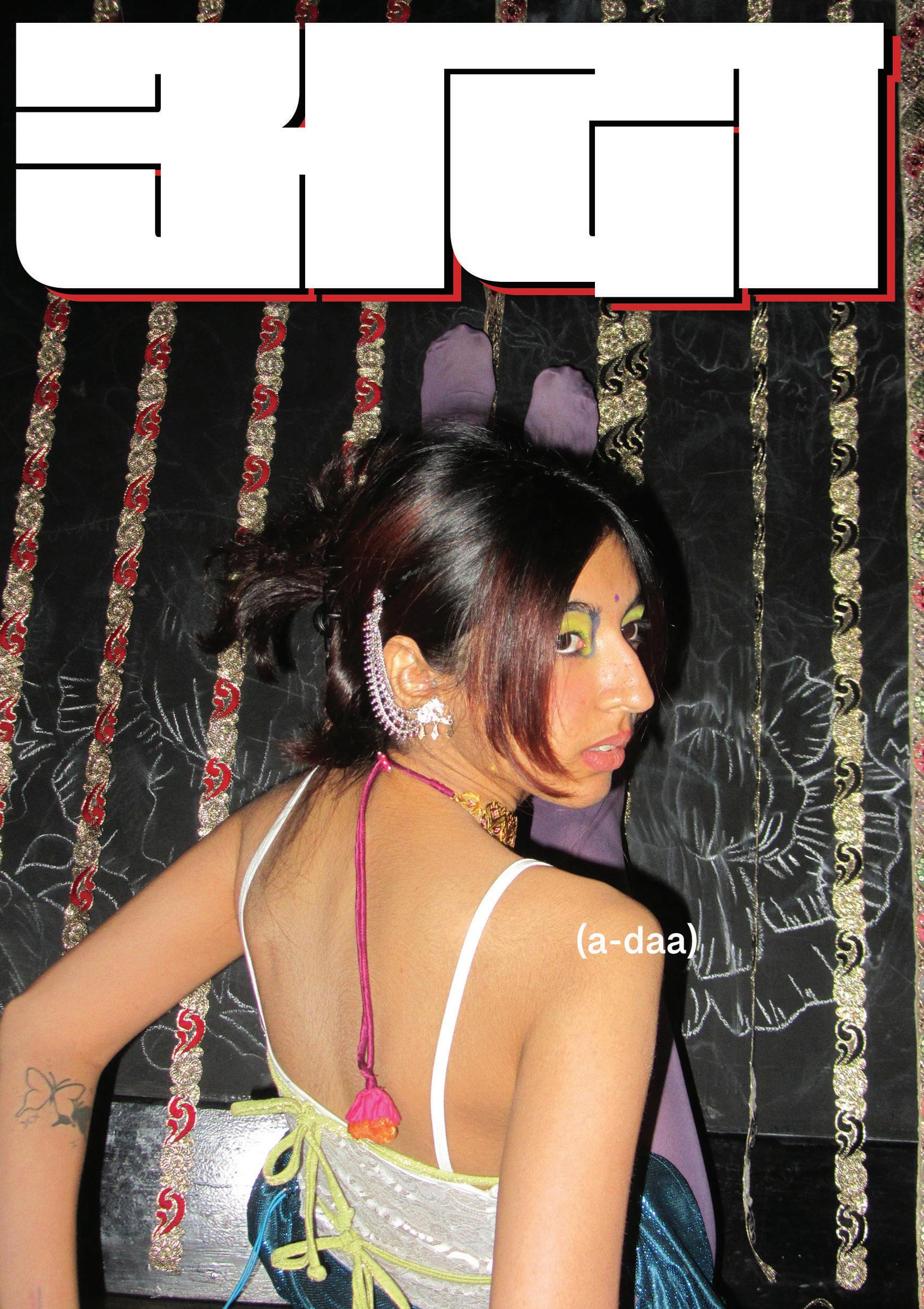
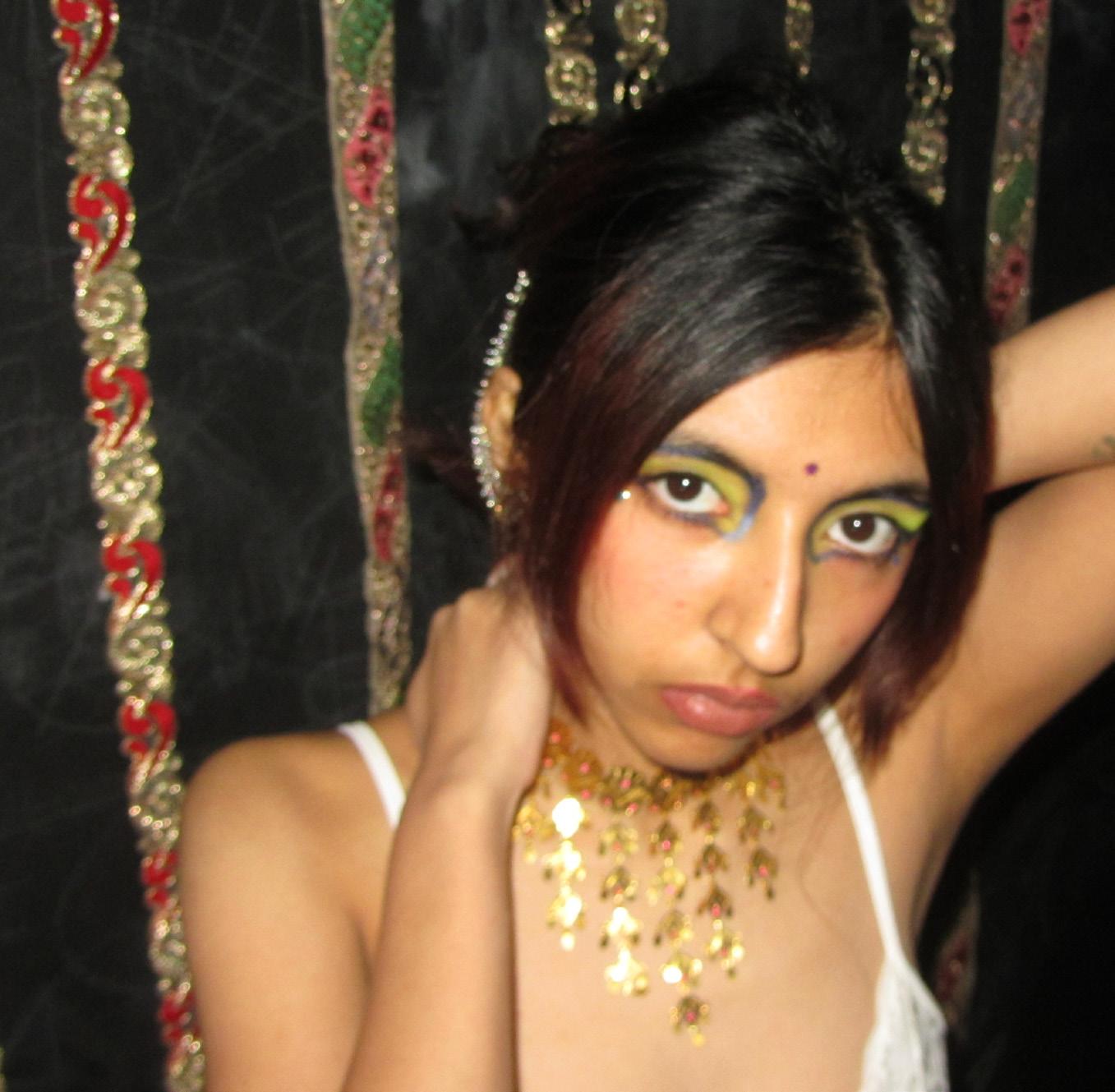



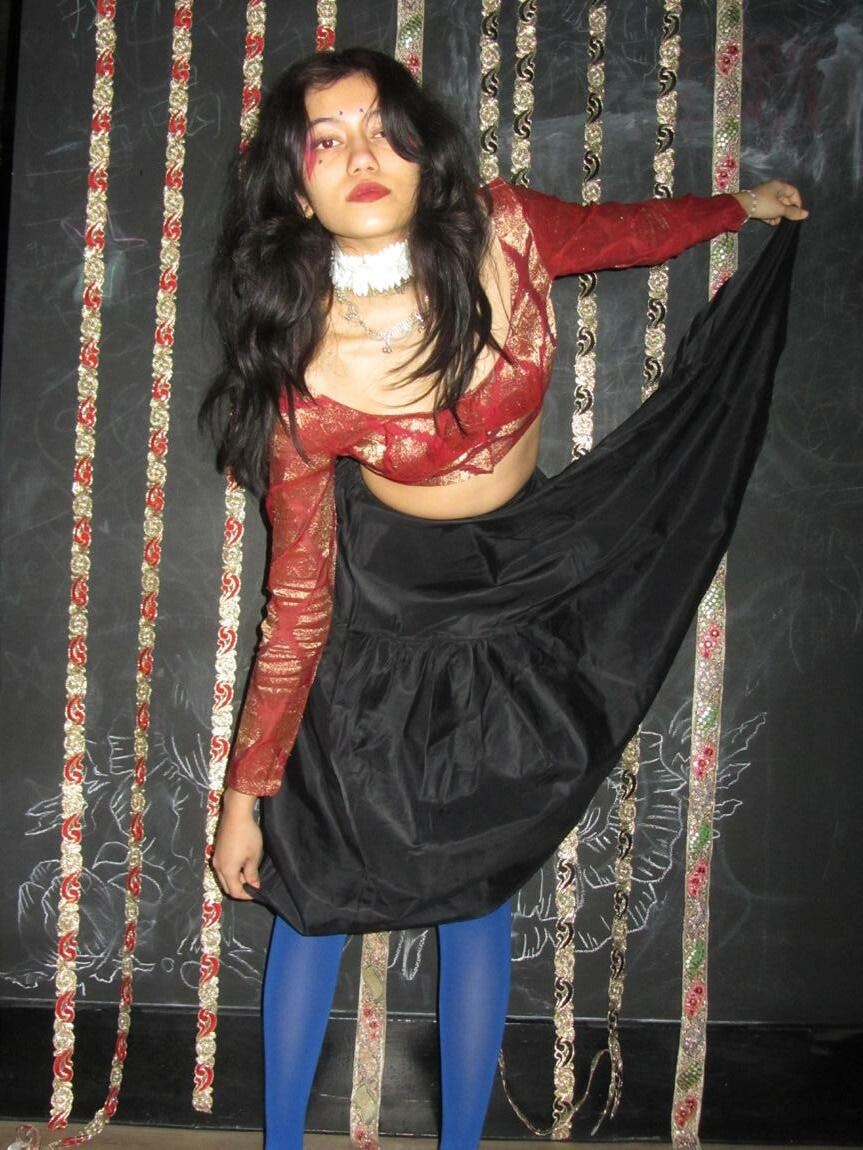

The topic of representation is a long one. There are two types of representation; the first is representation for the sake of it, which, one can safely say, is the most common kind of representation we see today in contemporary media and pop culture. The second is multidimensional, progressive and authentic representation; which is what we should strive to achieve. Representation matters. It matters that different cultures, bodies of different shapes and sizes, with unique skin and hair textures, are gaining visibility and getting platformed to expand and destabilise what ‘beautiful’ has come to mean today. It matters which bodies and people get represented as beautiful and fashionable, because what we see impacts what we can imagine, and it hurts not being imaginable.
Slowly but surely, the faces fronting beauty and fashion campaigns appear to be moving away from the skinny, cisgendered white woman prototype to encompass more “diverse” choices. Black and brown models aren’t a rarity anymore. But I can’t help but notice, why aren’t we seeing more South Asian women as we scroll through Instagram, scour catwalks or flick through the pages of magazines? Every now and then a brand will collaborate with influencers who are technically South Asian, but fall within the boundaries of euro-centric beauty standards.
Hyper feminine aesthetics such as coquette, cottagecore and heroine chic, though marketed to all, are mainly seen on pale and skinny white women, which makes it harder to achieve for BIPOC as we’ve never seen it modified to fit us.
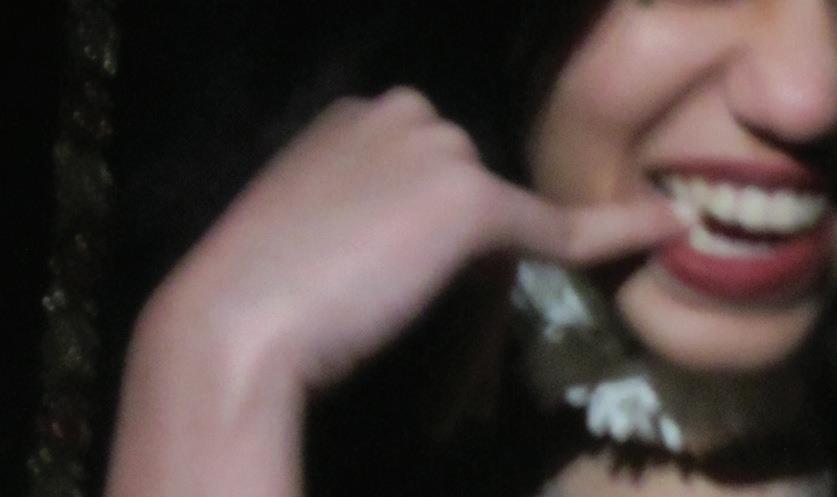
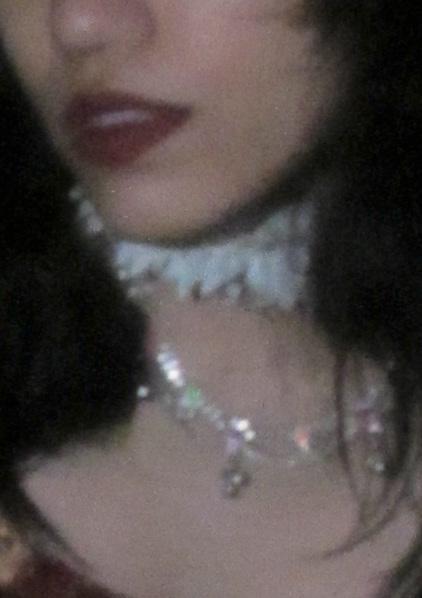
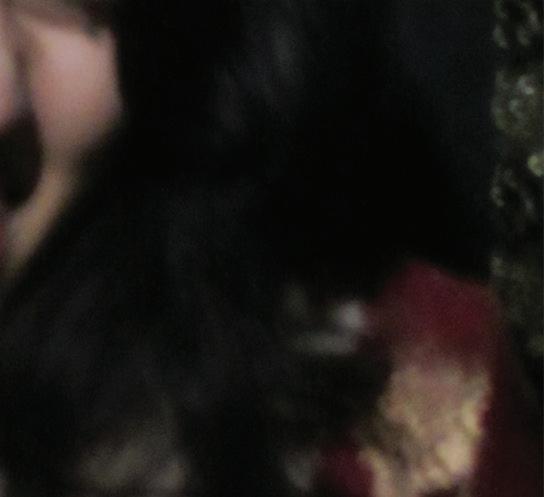
अदा: a reclamation of beauty.
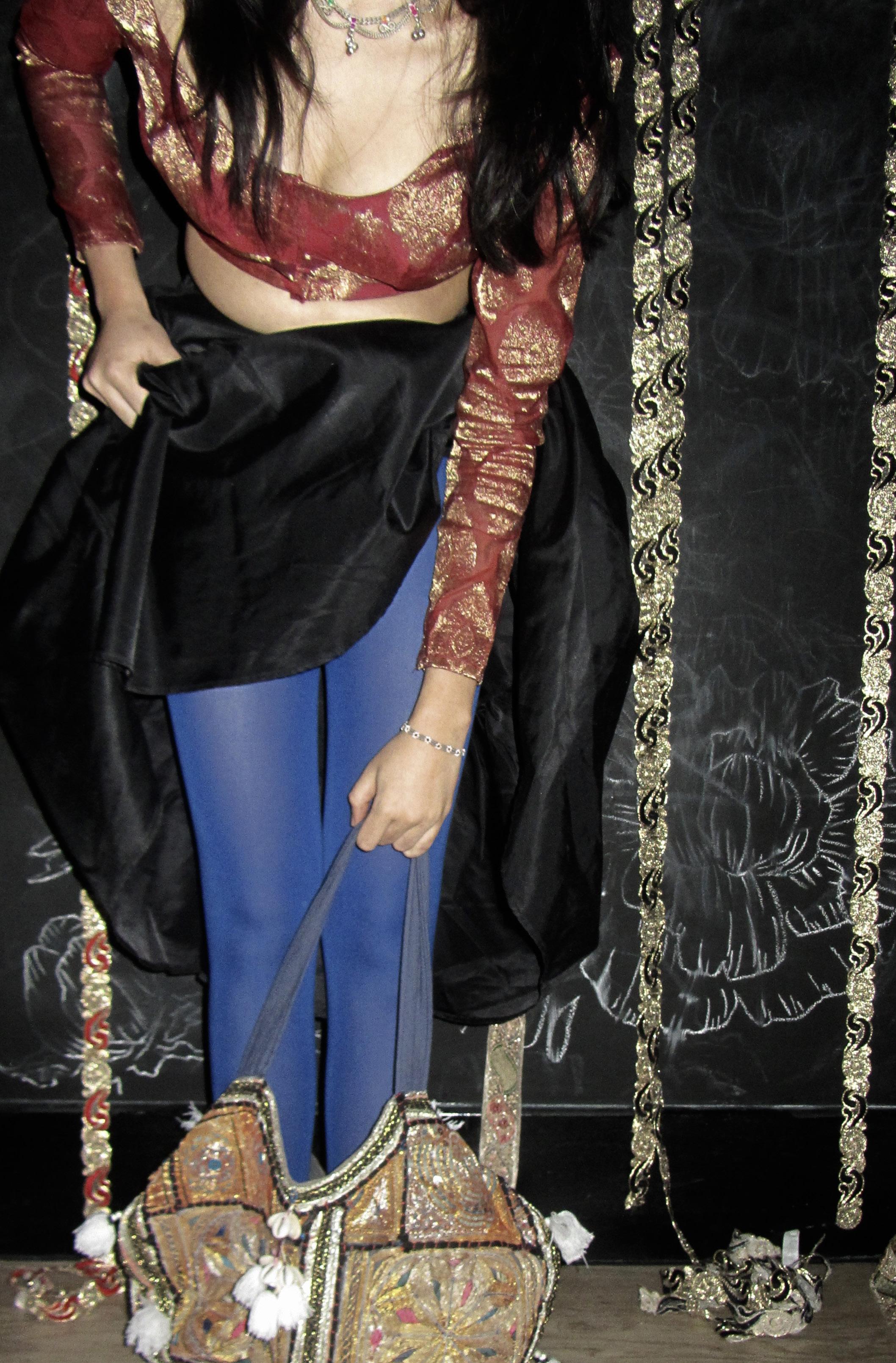

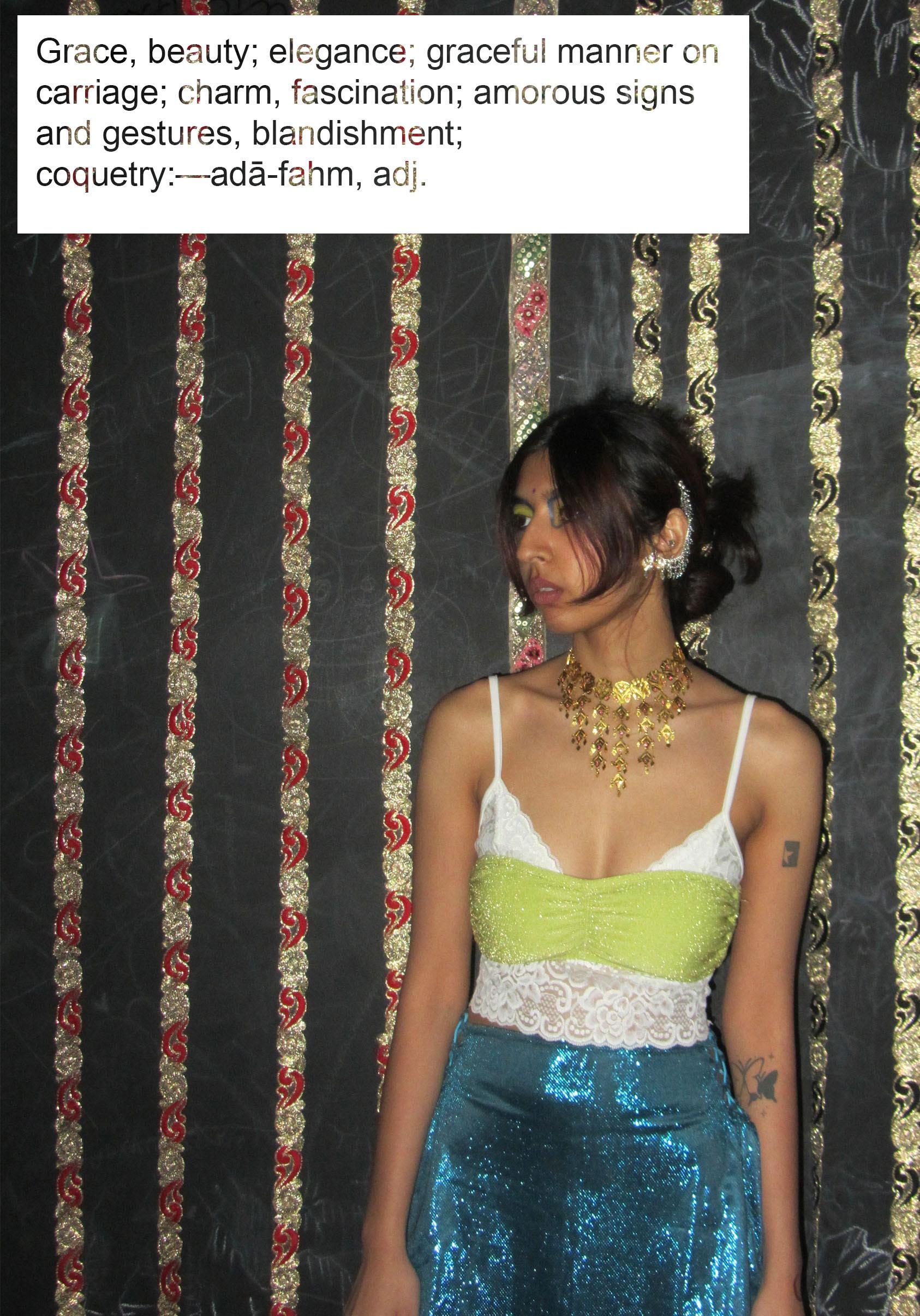
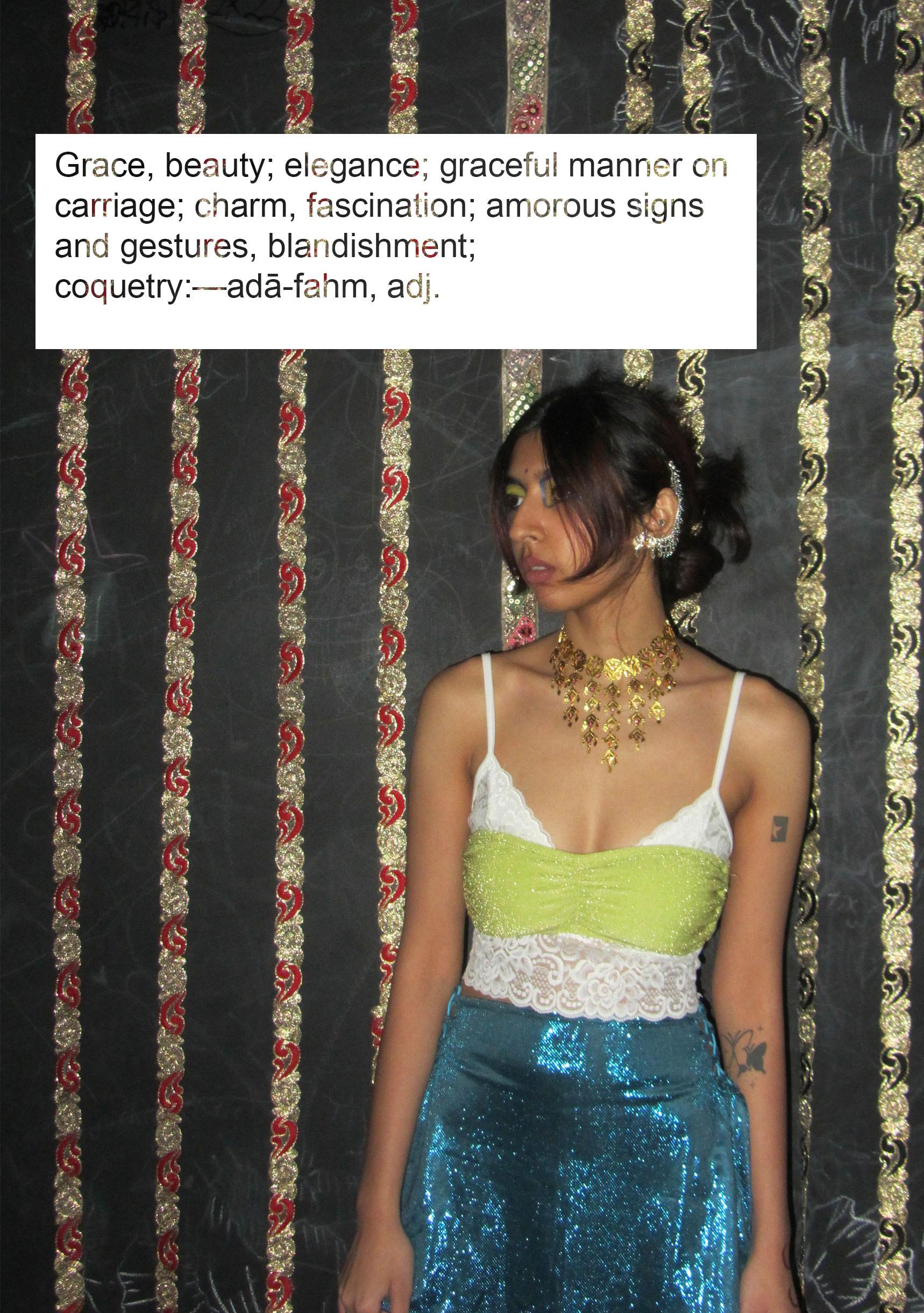
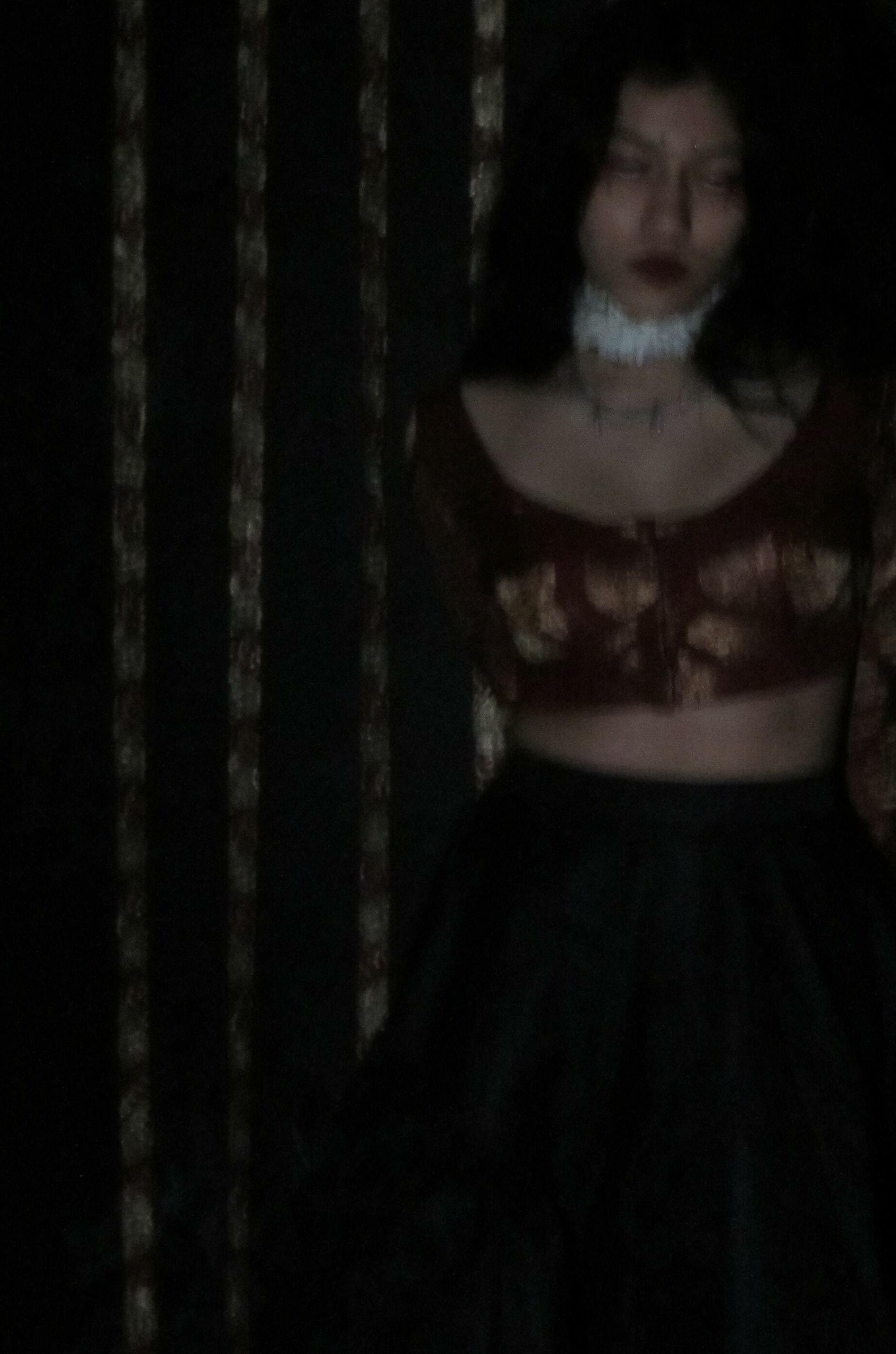
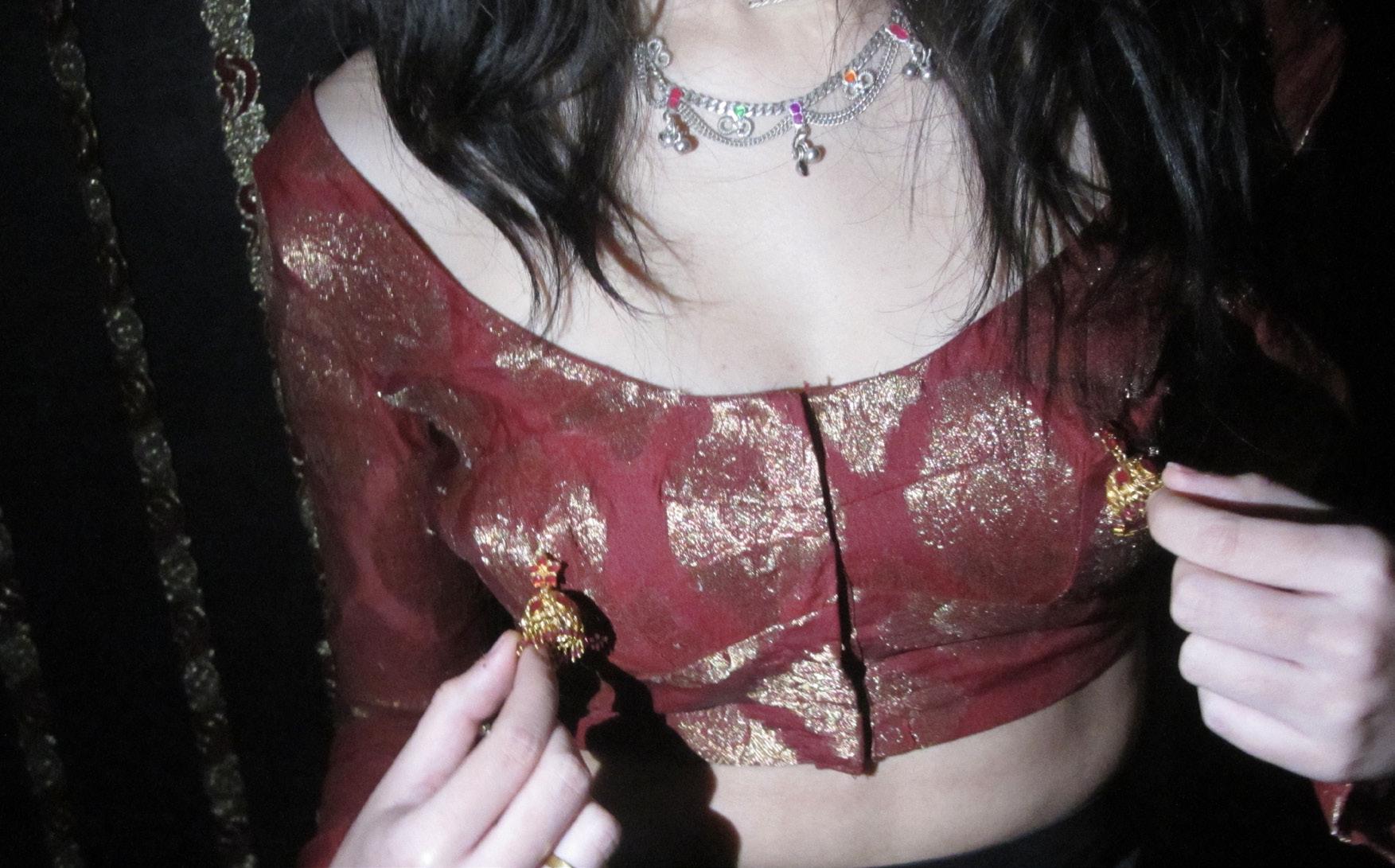
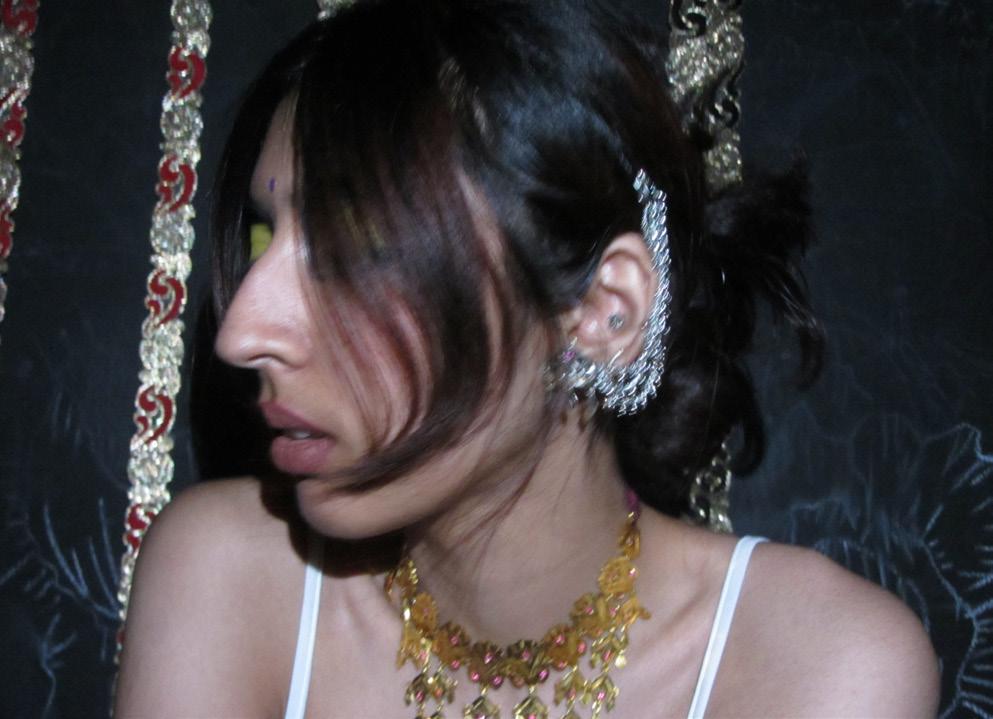
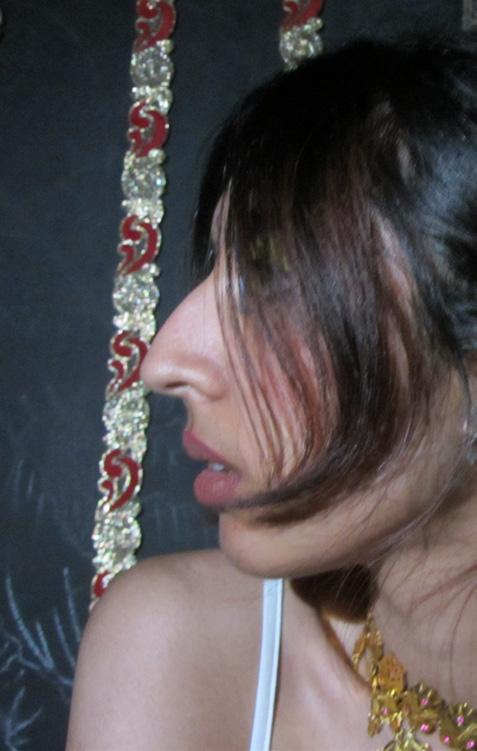
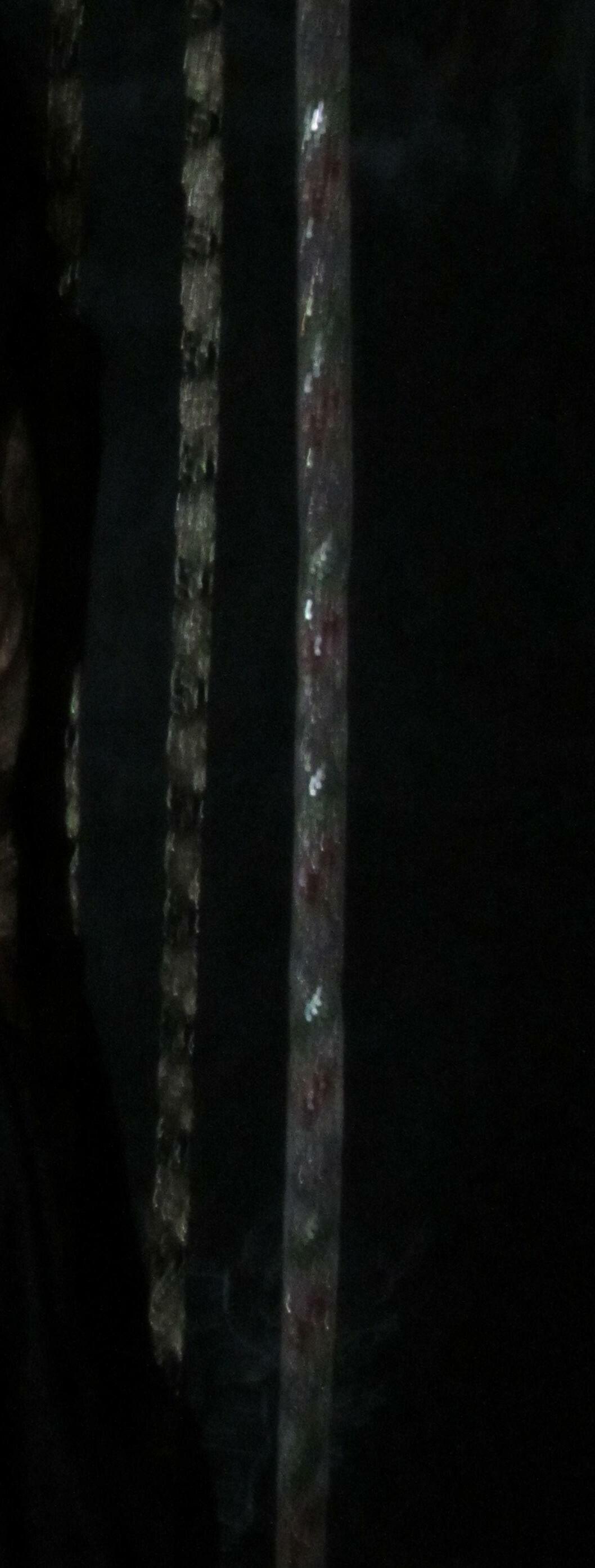
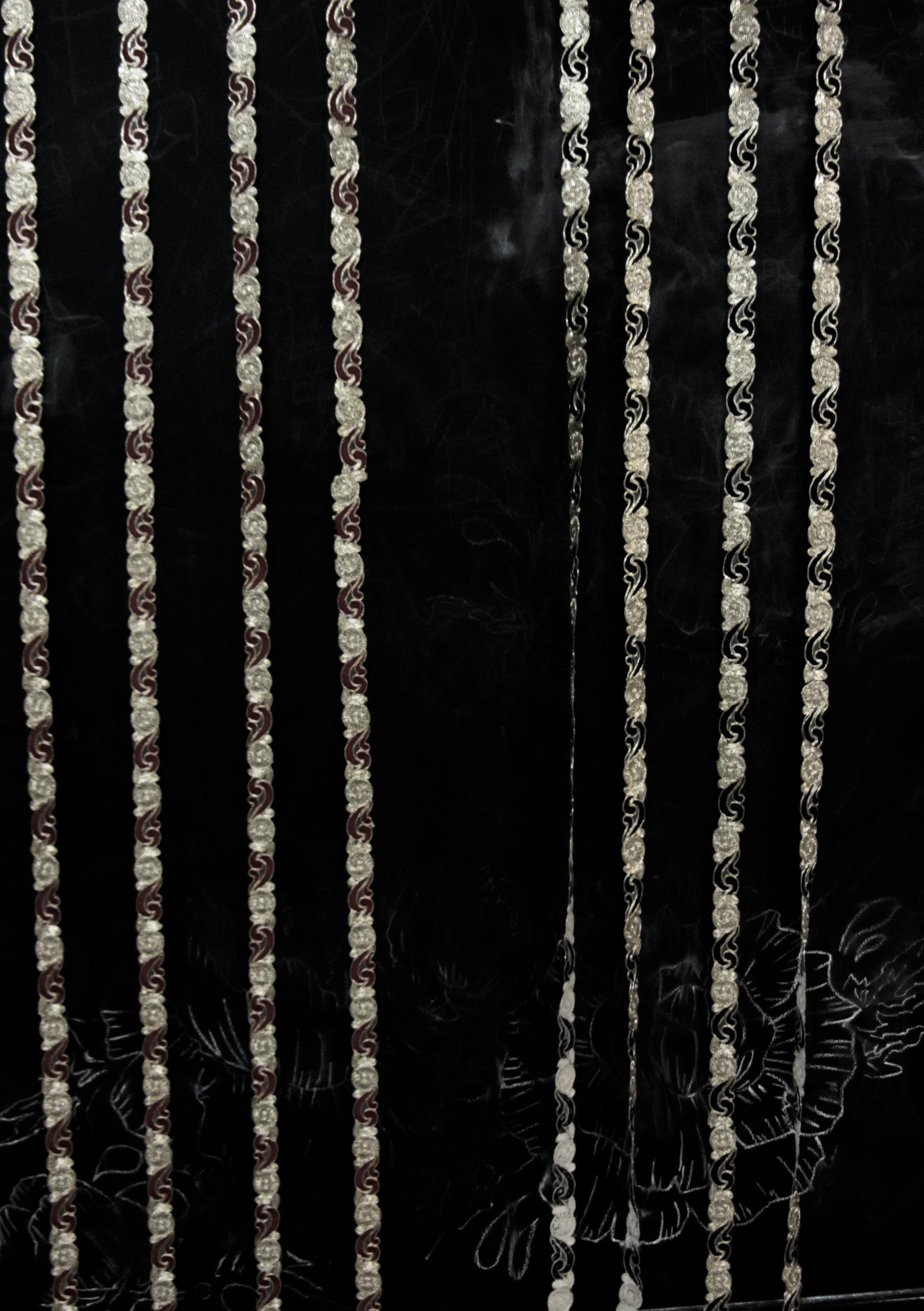
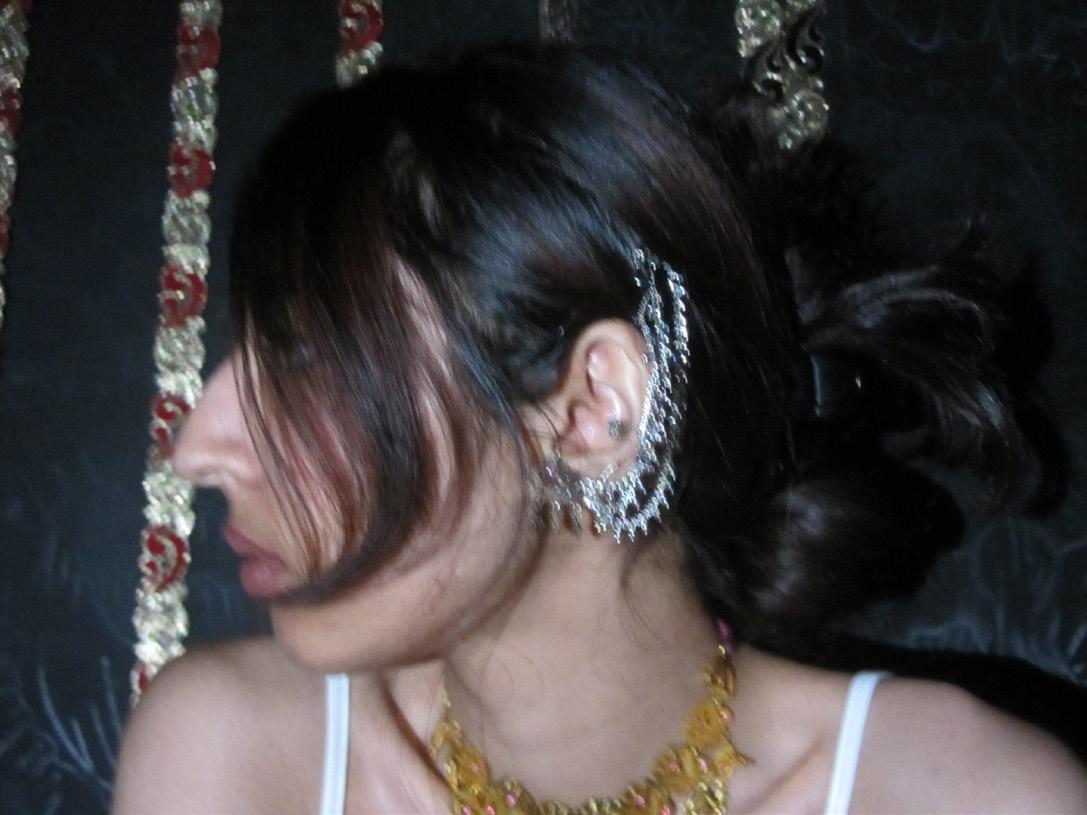
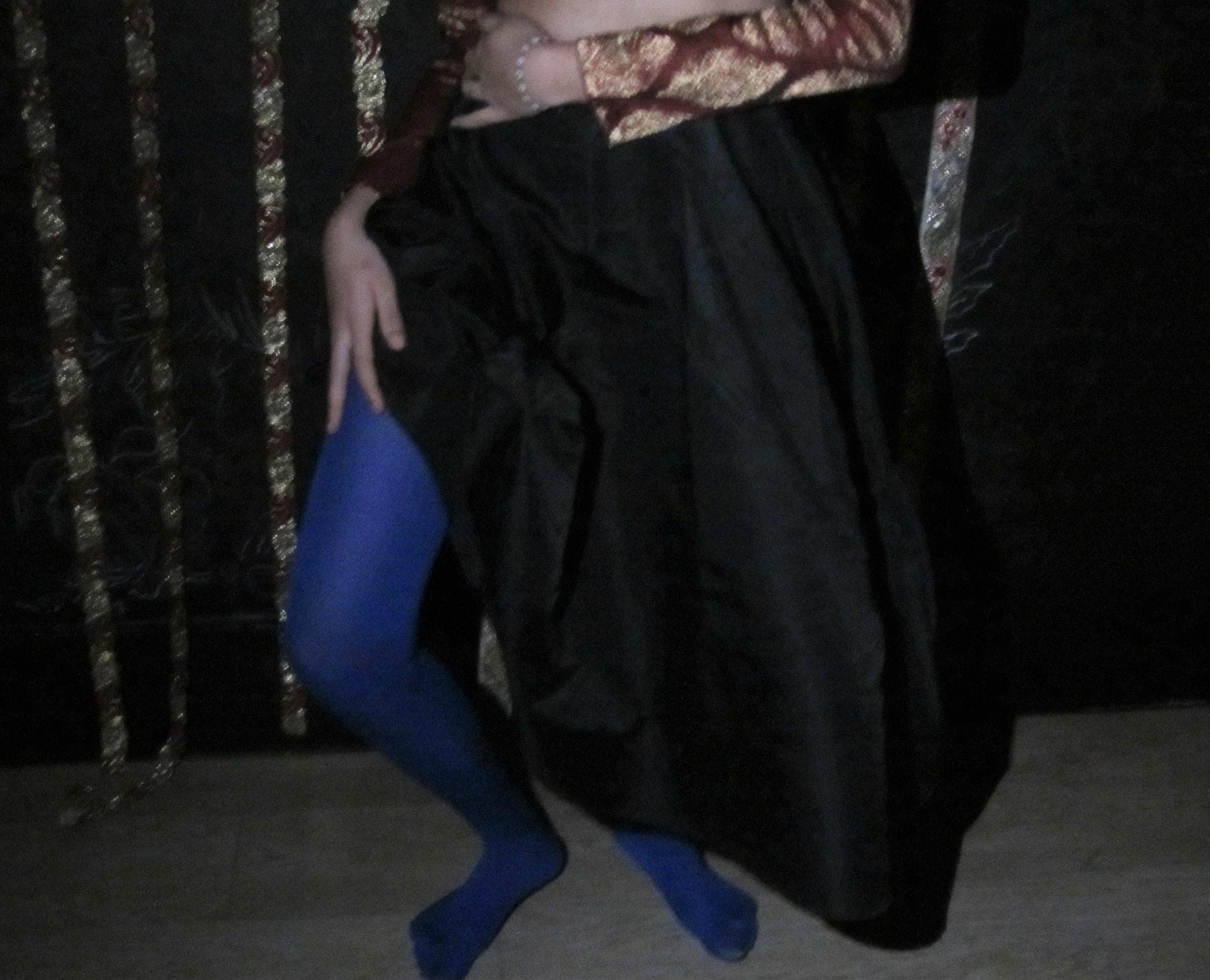
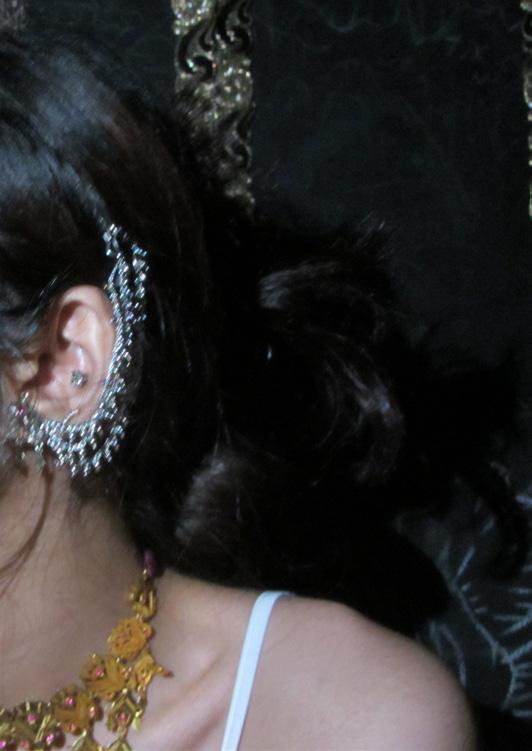
Trends such as ribbons and coloured tights are admired from afar, as all the advertised models are tall, lean and unmistakably western. Even the spaces which are supposed to represent South Asian women, like Bollywood, only showcase a tiny percentage of what South Asian women actually look like.
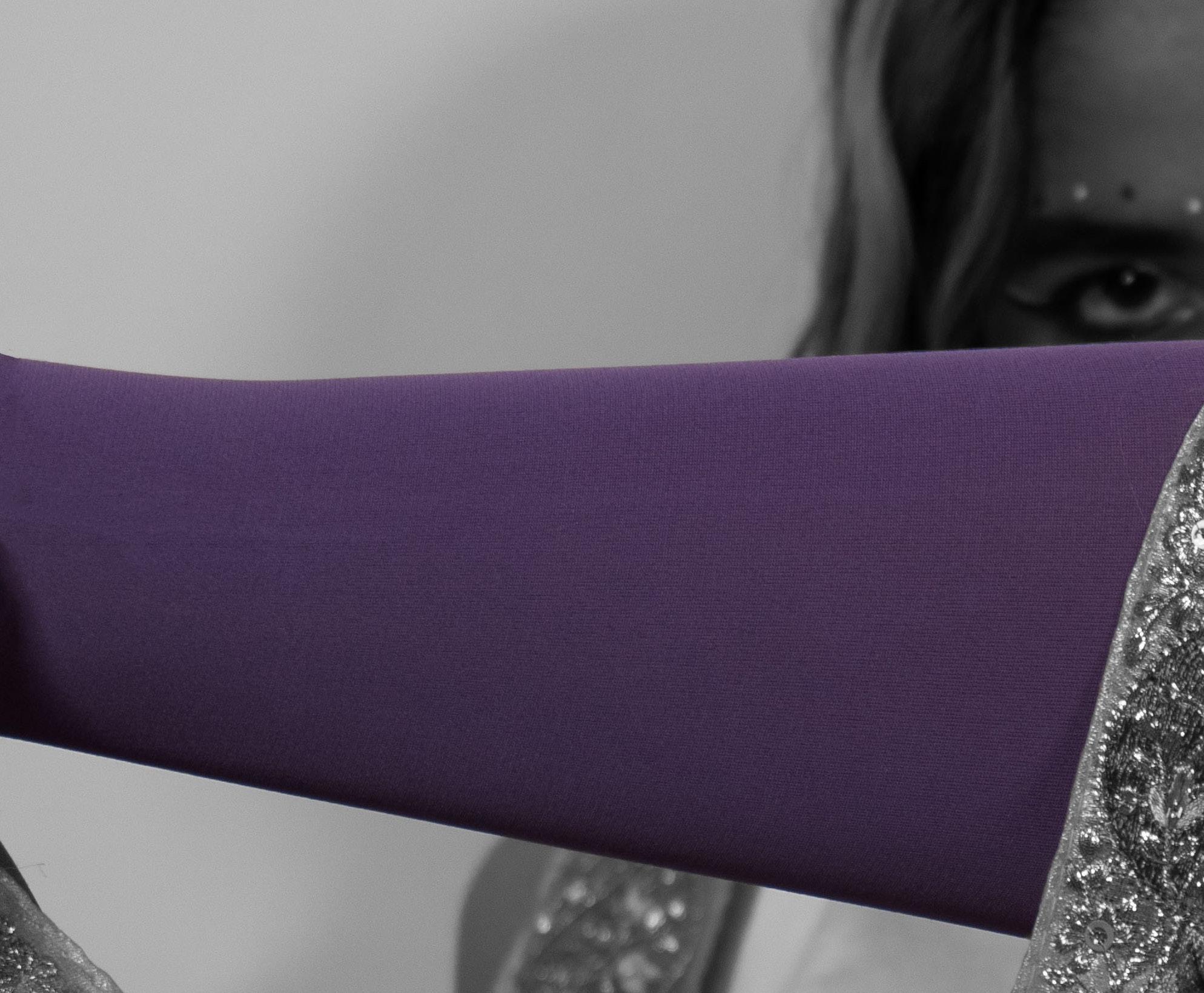
It’s important to recognise that South Asians have a need for representation, but not representation as a part of a western narrative, to add profit to an industry. Our stories and beauty, shown and directed through an authentic lens, not swayed by stereotypes. People must see more of South Asia through the eyes of someone with lived experience within the culture.
